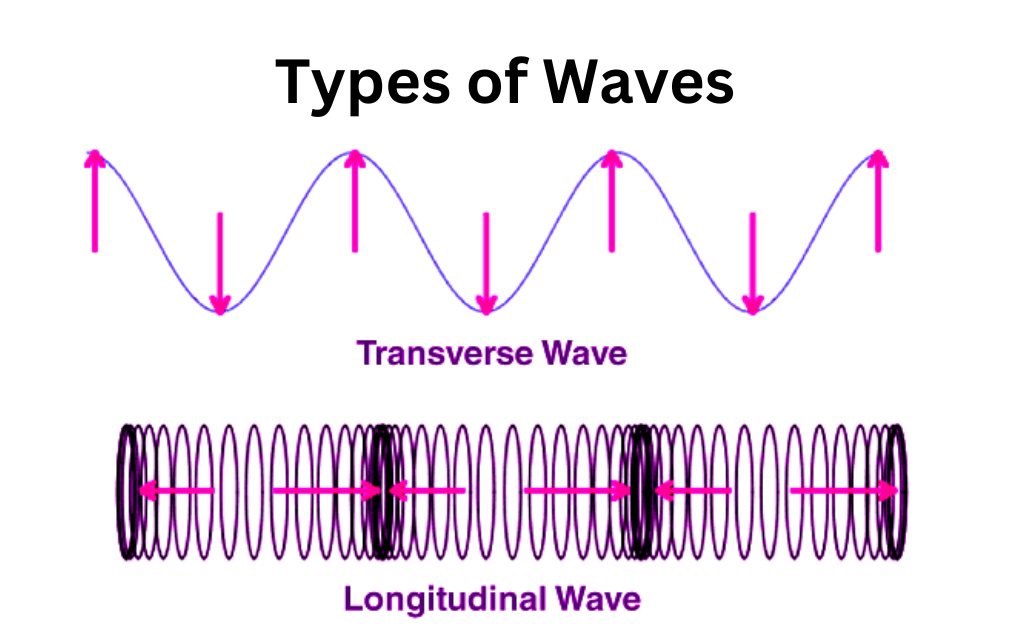What is a Seismic Wave?-Definition, Propagation, Types, And Uses
Waves of acoustic energy travel through the Earth, known as seismic waves. They are the result of earthquakes, volcanic eruptions, magma movement, and large man-made explosions that give out low-frequency acoustic energy.
What is a seismic wave?
Seismic waves are created by earthquakes, volcanic eruptions, and meteor strikes. When these events occur, they create vibrations that travel through the Earth at different speeds depending on their size.
Propagation of the seismic wave
The type of wave, density, and elasticity of the medium are some of the factors that affect the propagation velocity. Earthquakes can cause different types of waves with different velocities; when reaching seismology, their different travel times help scientists locate the source of the hypocenter.
The reflection of seismic waves is used for research into the structure of Earth’s interior, and man-made waves are often used to investigate shallow, subterranean structures.
Types of seismic wave
There are two main types of seismic wave
- Body wave
- Surface wave
Body wave
Body waves move through the ground, water, and air. Body waves travel faster than ground waves. Body waves are often referred to as surface waves. One example of a body wave is a tsunami or tidal wave. there are two types of body waves
- Primary wave(P-wave)
- secondary wave(S-wave)
P-wave
Primary waves are pressure waves that travel faster than other waves through the earth to arrive at seismograph stations first. The waves can travel through any type of material, including fluids, and can travel 1.7 times faster than the S-waves.
S-wave
shear waves that are in nature are called secondary waves. S- waves arrive at seismograph stations after the faster-moving P- waves and cause the ground to move in the direction of propagation. In the case of horizontally S waves, the ground moves to one side and then the other, depending on the propagational direction of the wave.
Surface wave
ground waves travel through the earth from the epicenter of a natural disaster. surface waves move slowly through the ground and do not travel through water or air.
Effects of Seismic Wave
These waves have different effects on humans, animals, and property. Seismic waves are caused by natural disasters and sometimes man-made activities. Most commonly, we hear about them when they cause damage to people’s homes and buildings. There are many ways that seismic waves affect people, including causing injuries, death, and destruction of property.
Uses of Seismic Wave
In the case of an earthquake, the arrival times of the P and S waves can be used to determine the distance to the event. In the case of earthquakes that have occurred at global distances, three or more geographically diverse observing stations (using a common clock) recording P- wave arrivals permits the computation of a unique time and location on the planet for the event.
Dozens or even hundreds of P-wave arrivals are used to calculate the hypocenters. The residual is the misfit that was generated by the hypocenter calculation. Residuals of less than a second are typical for distant events, and less than a second for local events, meaning that most reported P arrivals fit the computed hypocenter that well. Typically a location program starts by assuming the event occurred at a depth of 33 km and then adjusting the depth to minimize residual. The majority of events occur at depths less than 40 km, but a few occur as deep as 700 km.







Leave a Reply